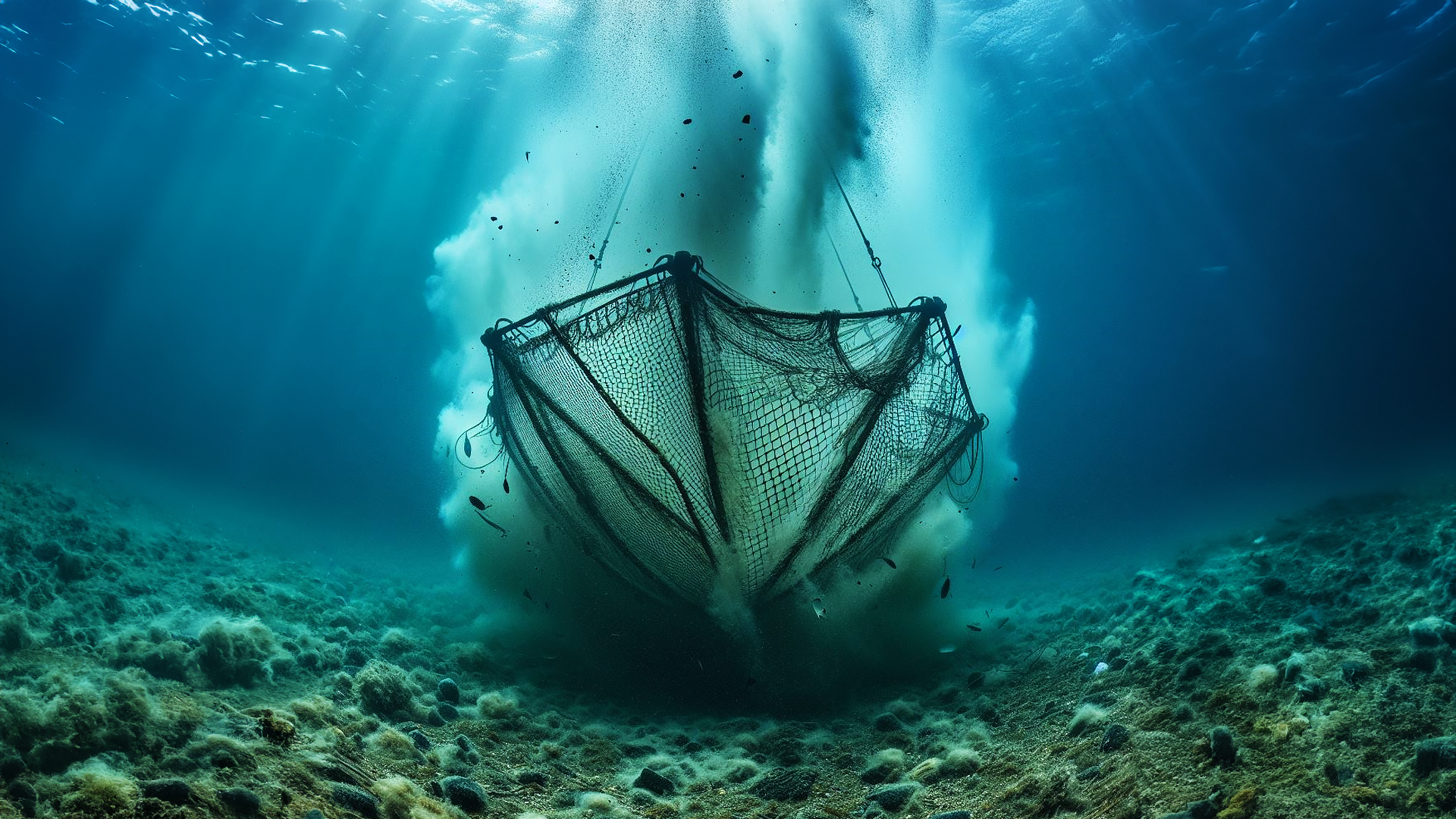Trawling the bottom of the ocean is known to destroy large spans of sea-floor ecosystems and all marine life that depend on them. Now, research shows that it may be releasing millions of tons of stored CO2 back into our atmosphere.
Using boats to drag large nets across the ocean floor in a process called ‘bottom trawling’ has long been viewed as a controversial method of fishing.
Although it is responsible for landing a quarter of all wild-caught seafood on our dinner plates – including common whitefish like cod, haddock, and hake – environmentalists often question whether destroying seafloor ecosystems in the process is worth it.
By uprooting bottom-dwelling plants and disrupting animal burrows, trawling with heavy nets demolishes large swaths of natural habitats and results in an overall decline of marine species.
Large quantities of bycatch are also a problem, as the nets are designed to trap smaller animals such as prawns, shrimp and squid, but capture pretty much everything in their path.
Recognising the destructive nature of this practice, many places including the UK and EU have placed ‘feeble’ bans on bottom trawling. These prevent fisheries from operating trawlers in Marine Protected Areas (MPAs), but allow activity to continue elsewhere.
Now, new research suggests that by tearing through the ocean floor, trawling is likely releasing as much as 370 million metric tons of carbon dioxide into the atmosphere every year.
Not exactly ideal when planetary heating is the biggest global issue of our time.




















